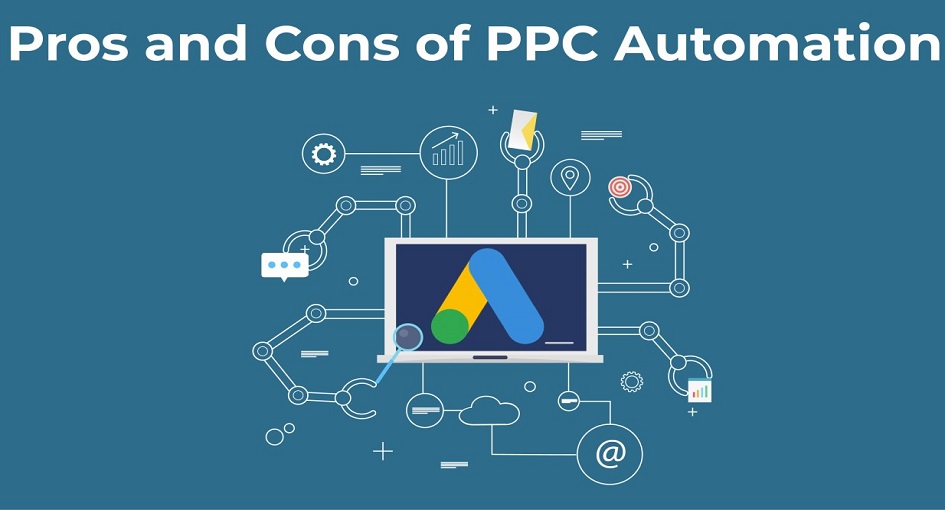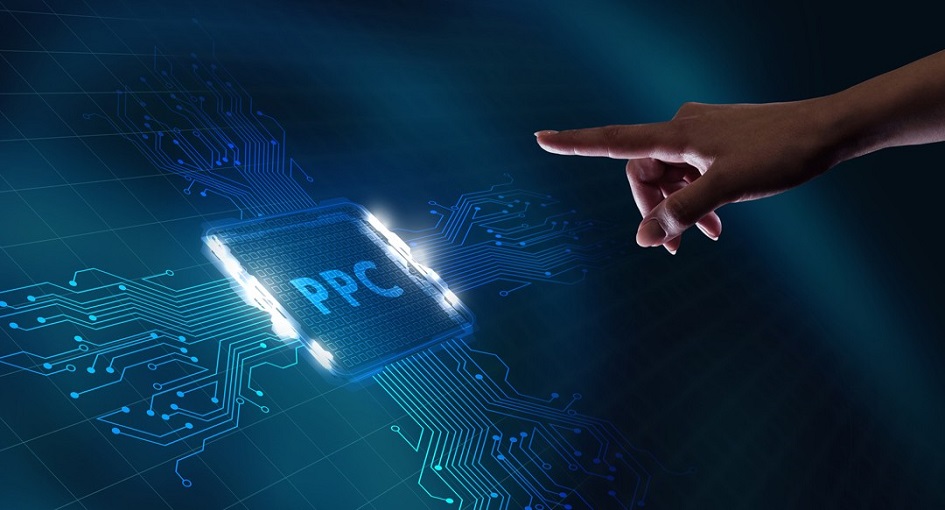
In the dynamic world of digital advertising, Pay-Per-Click (PPC) advertising has evolved significantly. Once a landscape dominated by manual campaign management, it has now witnessed a paradigm shift towards automation and artificial intelligence (AI). Explores the crucial considerations of when and how to harness PPC automation to revolutionize your advertising strategies effectively.
Not too long ago, PPC advertising demanded meticulous manual attention. Advertisers meticulously crafted keyword lists, composed ad copy, and closely monitored performance in the hopes of attracting potential customers. Manual control allowed for a hands-on approach, but its limitations became increasingly apparent with the growth of digital advertising. Managing extensive campaigns was time-consuming, and the challenge of scaling efforts to reach broader audiences loomed large. The introduction of PPC automation marked a turning point. By leveraging AI and machine learning, automation brought forth efficient and precise methods of managing PPC campaigns, saving time, and enhancing campaign effectiveness.
Embracing Pay-Per-Click automation offers a plethora of benefits, making it a compelling choice for advertisers looking to optimize their advertising endeavors. These advantages include:

While Pay-Per-Click automation is a potent tool, understanding when to deploy it effectively is essential. Specific scenarios where Pay-Per-Click automation shines include:
A diverse array of PPC automation tools and features are at the disposal of advertisers. Understanding these tools and how to use them is crucial for implementing an effective automation strategy.
Leveraging machine learning algorithms, automated bidding adjusts bid amounts based on historical performance data, optimizing ad placement and competitiveness. Ad scheduling automation allows advertisers to specify when their ads should appear, effectively targeting specific times or days to reach their audience. Dynamic Search Ads (DSAs) automatically generate ad content based on the content of your website. They streamline the process of creating and optimizing ad copy, making it easier to maintain relevant and up-to-date campaigns. Automation tools add, modify, or remove keywords from campaigns based on their performance, ensuring that campaigns stay aligned with current search trends. Audience targeting automation leverages machine learning algorithms to identify and target the most relevant audiences for your ads, creating tailored audience segments based on user behavior and preferences.

While Pay-Per-Click automation offers numerous advantages, it also presents some challenges that advertisers should be aware of:
The future of Pay-Per-Click automation looks promising, with ongoing advancements in AI and machine learning. Expect further refinement in bid algorithms, more sophisticated audience targeting, enhanced ad personalization, AI-powered copywriting, and improved cross-channel integration.
While Pay-Per-Click automation offers significant benefits, advertisers must use it responsibly, considering ethical considerations. Advertisers must respect user privacy and adhere to data protection regulations, ensuring that any data collected for automation is handled ethically and securely. Transparency is essential, with users having the option to opt out of personalized ads if they choose. Advertisers should actively work to identify and mitigate biases in AI algorithms to ensure fair and ethical ad delivery.
In conclusion, PPC automation is a game-changing tool that empowers advertisers to achieve greater efficiency and precision in their campaigns. Understanding when and how to use it effectively is crucial for success in the dynamic world of digital advertising. While automation is undeniably powerful, it is not a one-size-fits-all solution. Striking the right balance between automation and human oversight is key to achieving success in an ever-evolving digital marketing landscape. As AI and machine learning technologies continue to advance, embracing Pay-Per-Click automation can position your advertising efforts for success in an increasingly data-driven and dynamic environment.PPC automation